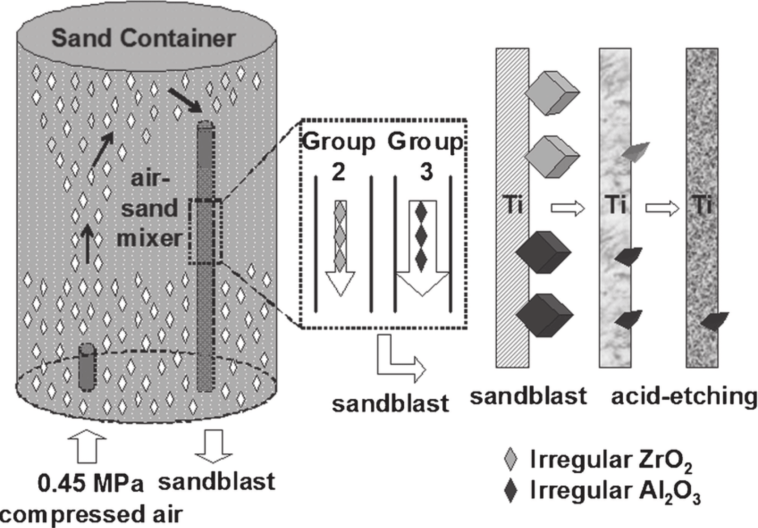Sandblasting is a powerful and effective way to clean and prepare surfaces for painting, coating, or other types of finish work. One of the key factors that determines the effectiveness of sandblasting is the type of abrasive particles that are used. In this article, we’ll take a closer look at some of the most commonly used particles for sandblasting, and discuss the pros and cons of each.
Abrasive cleaning
- One of the most commonly used for abrasive cleaning particles for sandblasting is sand. Sand is readily available, inexpensive, and easy to work with, making it a popular choice for both industrial and DIY sandblasting projects. However, sand can be quite abrasive, and can cause damage to surfaces if not used correctly. Additionally, sand contains silica, which can be dangerous if inhaled. Therefore, it is important to use proper protective gear and ventilation when working with sandblasting.
- Another popular abrasive particle is glass beads. Glass beads are often used for delicate cleaning and finishing work, as they are less abrasive than sand and other particles. This makes them a good choice for cleaning and preparing delicate surfaces, such as metal and plastic parts. Glass beads are also non-toxic and non-sparking, making them a safe choice for use in explosive environments.
- Steel shot and steel grit are also commonly used abrasive particles for sandblasting. These particles are harder and more aggressive than sand and glass beads, making them a good choice for heavy-duty cleaning and surface preparation work. Steel shot and steel grit are often used for cleaning and preparing metal surfaces, as well as for removing rust and other types of corrosion.
- Another popular abrasive particle is garnet. Garnet is a natural mineral that is a popular choice for sandblasting due to its hardness and sharp edges. Garnet particles are less likely to break down and cause dust as compared to other abrasives, making it a good choice for blasting in enclosed spaces. Additionally, garnet particles are less likely to cause damage to surfaces than other abrasives, making it a popular choice for delicate blasting work.
In summary, the type of abrasive particles that you use for sandblasting can have a big impact on the effectiveness and safety of your project. Sand is a popular choice due to its availability and low cost, but can be quite abrasive and can cause damage to surfaces if not used correctly. Glass beads are a good choice for delicate cleaning and finishing work, while steel shot and steel grit are good for heavy-duty cleaning and surface preparation work. Garnet is a natural mineral that is a popular choice for sandblasting due to its hardness and sharp edges, making it a good choice for delicate blasting work and enclosed space.
Be sure to consider the characteristics of the surface you will be cleaning, the type of cleaning you will be performing and the environment of the project before selecting the abrasive particle that is right for you.




